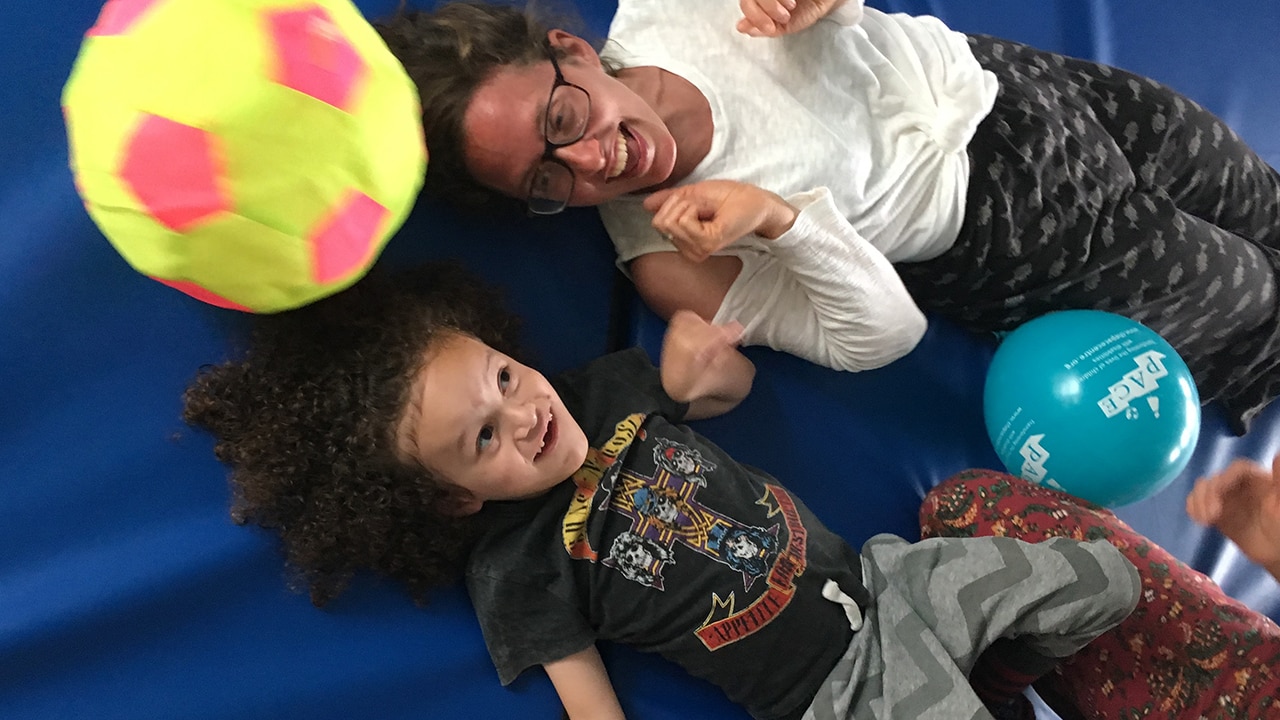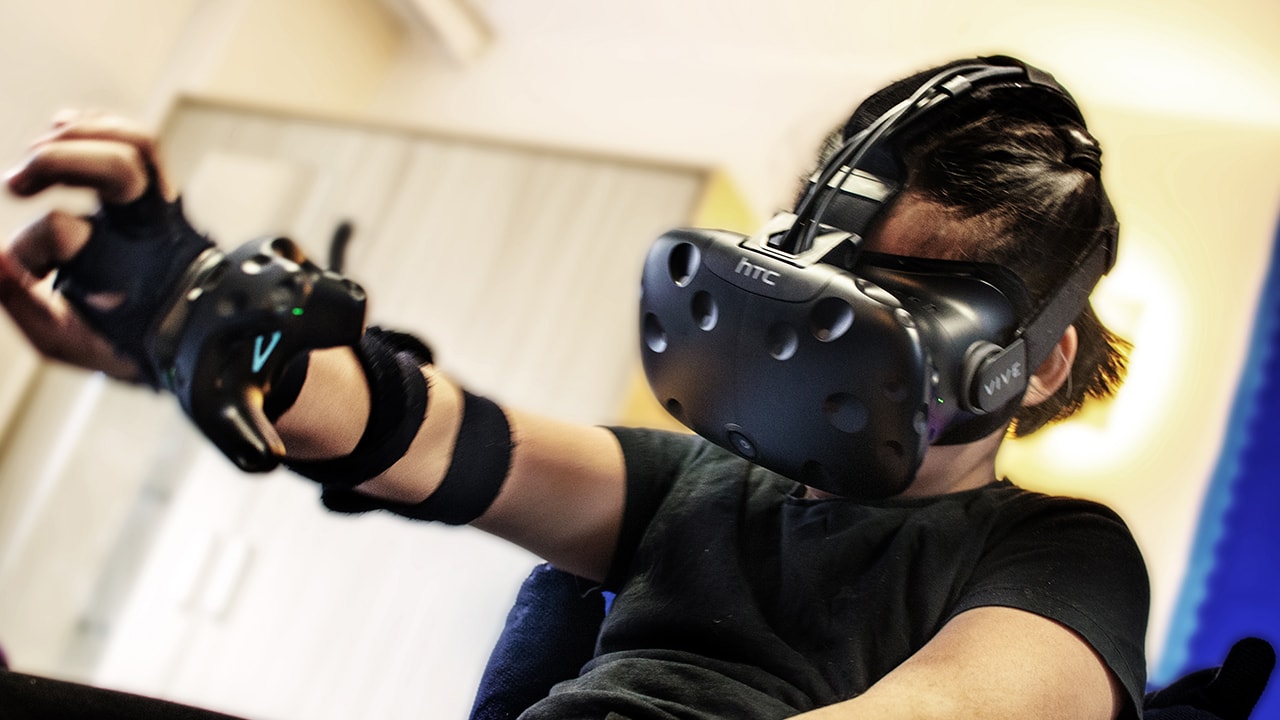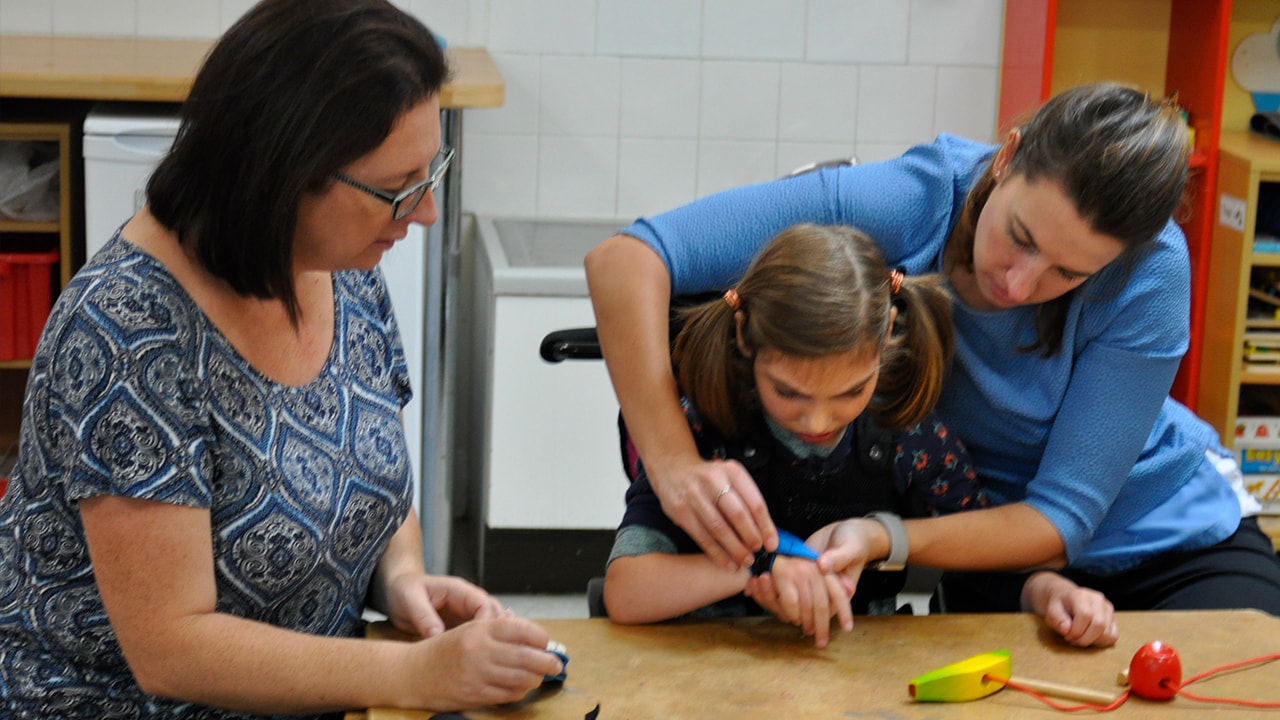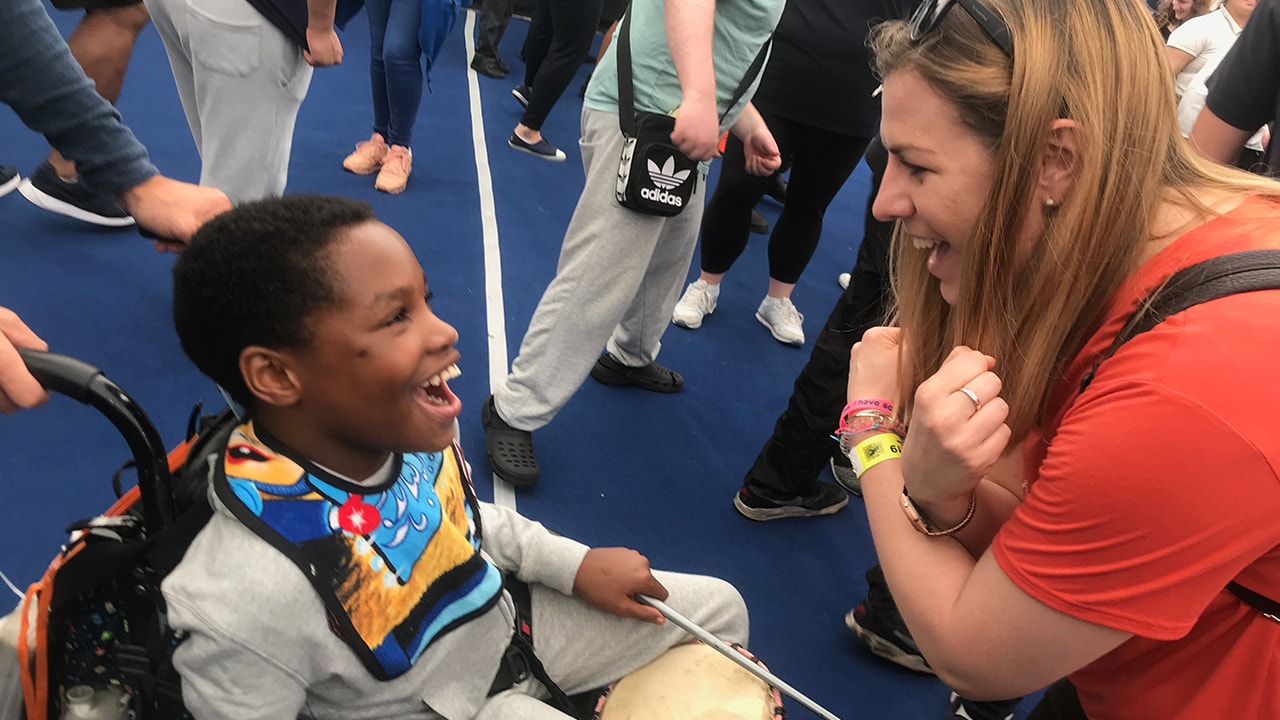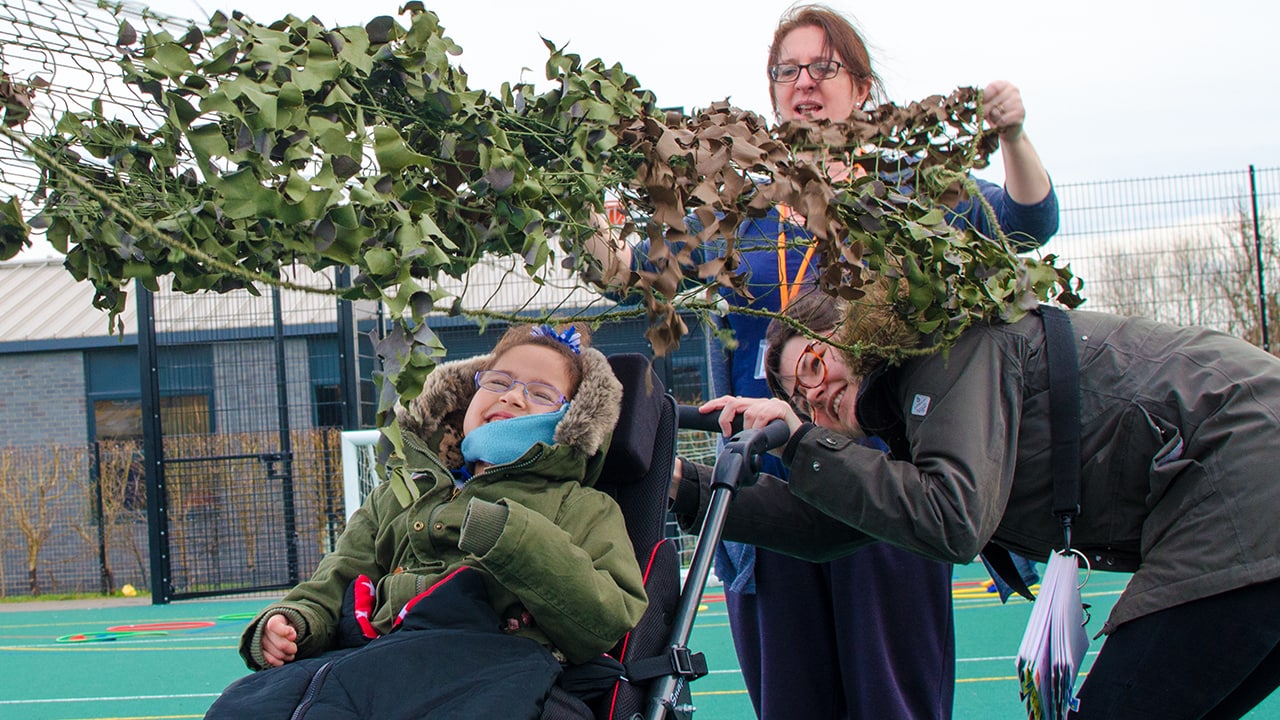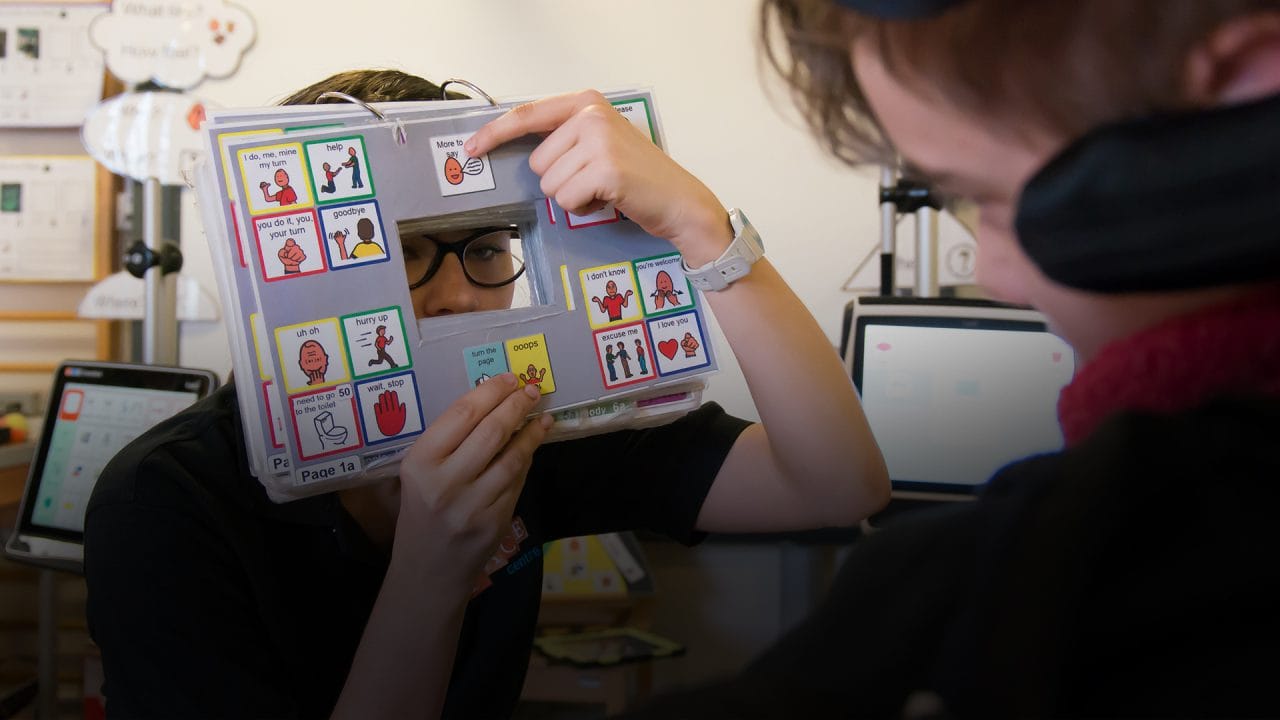
01
Message from Ian Sansbury,
Chief Executive
Thank you for taking the time to read our latest Strategy & Impact Report. Whether you are new to Pace or you’ve been supporting us for years, I am delighted that we have this opportunity to outline for you the impact that we achieve for children with neurodisabilities and their families and our bold vision and strategy for the coming years.

Today, Pace stands at something of a crossroads. We can continue simply to focus on what we have done so successfully in the past – delivering an outstanding provision in Buckinghamshire and the surrounding counties. Or we can take a bold step towards the vision that we have held for a long time – to enable every child in the UK with a neurodisability to access life-transforming educational and clinical support that is aligned with the Pace approach.
You will see from this report that we have, perhaps unsurprisingly, opted for that bolder vision. Although we recognise the critical need to ensure that our local provision continues to be of the highest quality and impact, we recognise that we have a responsibility to do much more to reach the many families who are currently unable to access a centre like ours.
We want to be a force for positive change in our sector, championing best practice, encouraging collaboration and, above all, helping to ensure that children and families are able to access the most impactful provision and support.
That means a real focus on digital provision – of teletherapy and online advice and support. It means ensuring that providers and practitioners can learn from us and replicate our models of practice. And it means demonstrating with clarity what works, and what doesn’t, for children and young people with complex neurodisabilities.
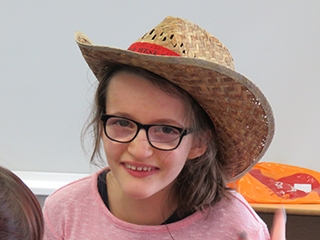
This is a bold vision – and we are delighted to be able to present it to you within this report. But it is a vision that needs support – financial, practical and specialist support – in its delivery. If you think you can help us in any way to achieve these goals, we want to hear from you.
Ian Sansbury, Chief Executive

02 Purpose, Vision and Values
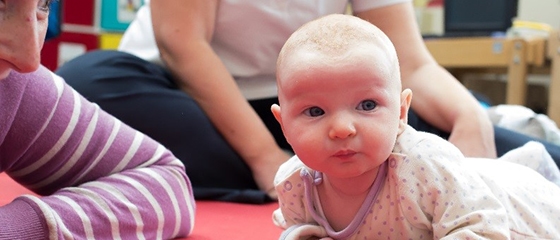
Our Purpose
Pace is a specialist charity that is committed to ensuring that children with neurodisabilities have the opportunity to reach their fullest potential in life and can take their place in the world.
Our Purpose
Pace is a specialist charity that is committed to ensuring that children with
neurodisabilities have the opportunity to reach their fullest potential in life and can take their place in the world.
Fundamental to our approach is a belief in every child’s ability to learn and make progress, whatever the physical or sensory challenges they face. Pace delivers life-changing educational and clinical support to babies, toddlers, children and young people with complex neurodisabilities and practical support and advice to their families. We strive to continually advance best practice in our field.
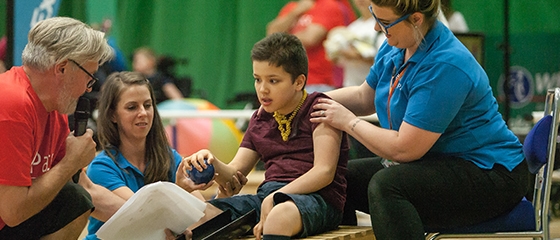
Our Vision
The Pace vision is that every child in the UK with a neurodisability, and their family, can access educational and clinical support aligned with the Pace approach.
Our Vision
The Pace vision is that every child in the UK with a neurodisability, and their family, can access educational and clinical support aligned with the Pace approach.
To that end, we work very intentionally to share our expertise, to train other providers and practitioners and to campaign for better provision.
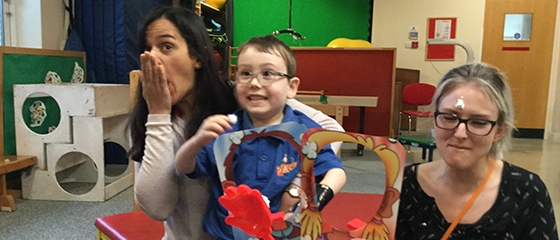
Our Values
It’s easy for any organisation to write a set of values but harder to make sure that those values are exhibited in all that we do.
Our Values
It’s easy for any organisation to write a set of values but harder to make sure that those values are exhibited in all that we do.
We continually strive to live and breathe our values and we have articulated twelve habits that we each need to cultivate to ensure that those values are embedded in our practice. These twelve habits are critical to who we are and what we do and we are embedding them in our recruitment, learning & development and performance review processes.
The following pages outline our values and the Pace habits that align with each of them.


The habits we seek to cultivate...
Compassion
Respect
Our Pace Values
We are...
Our practice is always informed by a sense of intelligent compassion for the children and families we support and by deep respect for each other. Intelligent compassion is always informed by what is in the best long-term interests of the child and the family and Pace’s long-term sustainability.

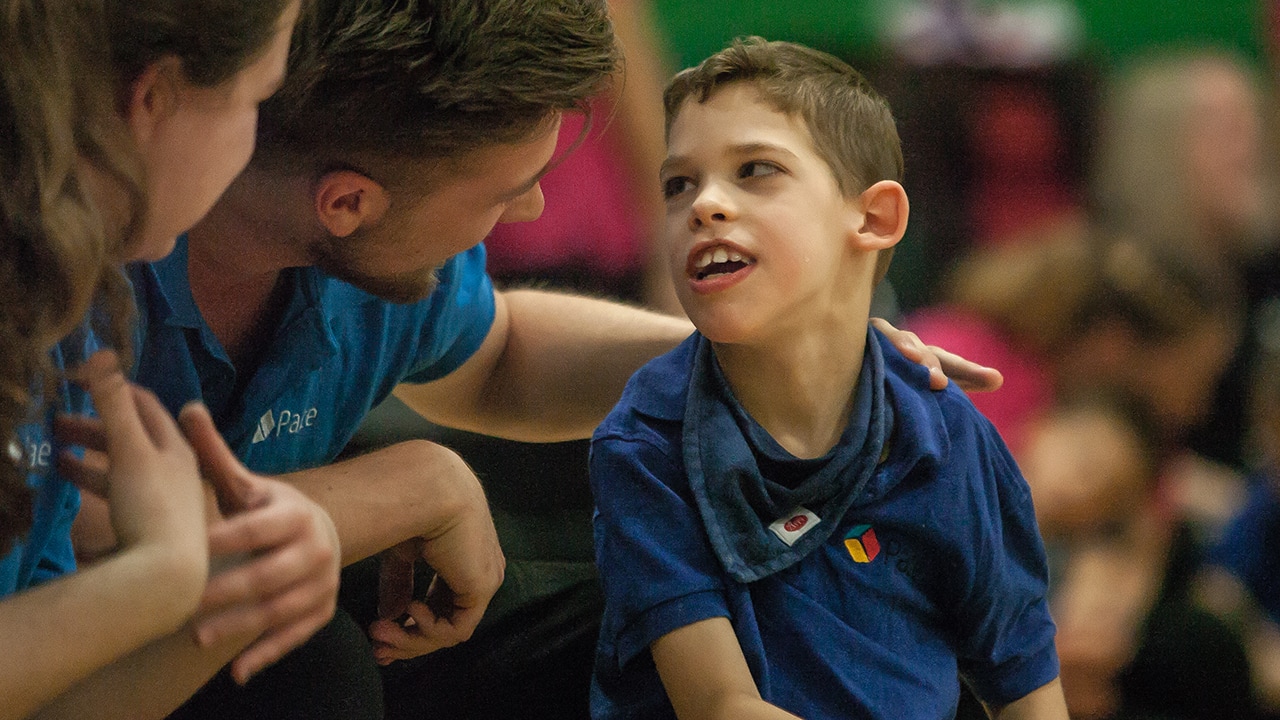
03 Our Strategy
For much of the last decade, Pace’s vision has been to broaden our impact, to transcend our regional geographic limitations and to deliver on a much wider scale, nationally and even internationally.
My child is happier, has made some lovely friends that she feels are the same as her and trusts and feels safe with the people that look after her.

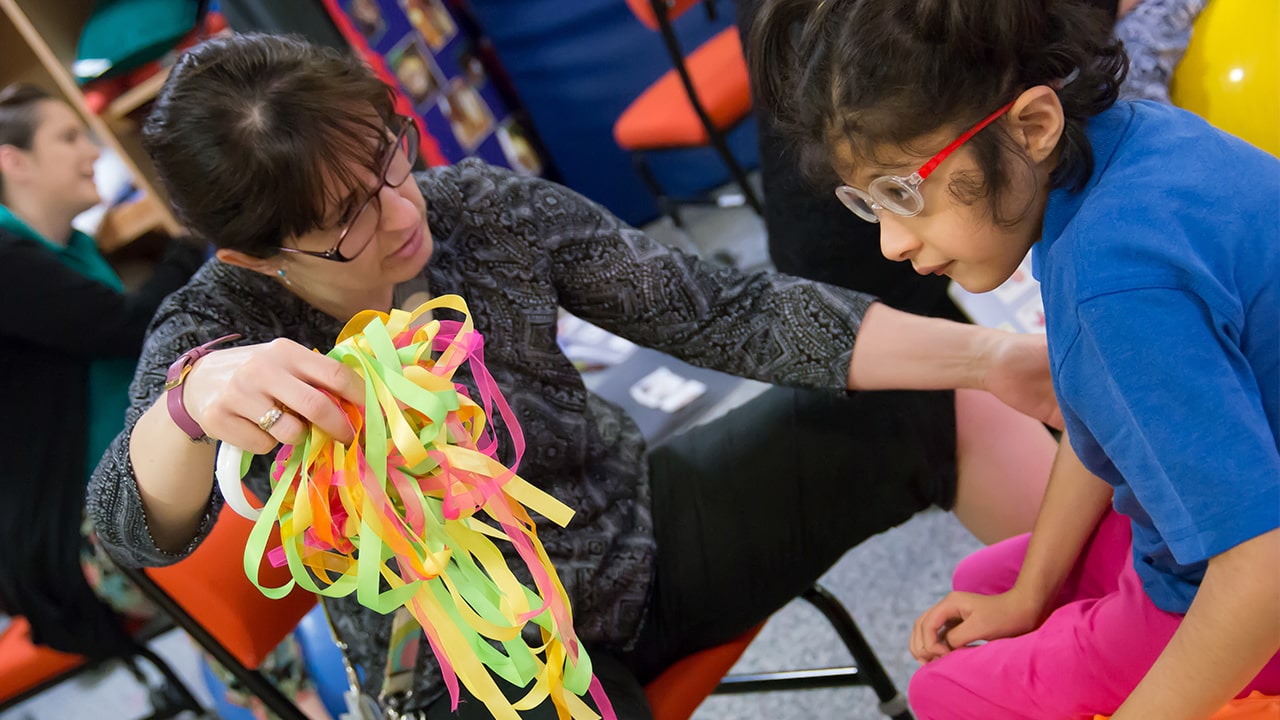
Since we set out that vision in 2012, we have laid some important foundations, grounded in our three decades of transformational work with children and young people with complex neurodisabilities. In our still relatively new Bradbury Campus we have created a world-class centre for work with babies and toddlers with a wide range of neurodisabilities, at a time in their lives when early therapeutic intervention can harness high levels of neuroplasticity in the developing brain. We have also developed a practice to support the growing number of primary-age children who are struggling to survive and thrive in their mainstream school as a result of their underlying sensory-motor challenges.
Our school provision continues to go from strength to strength, marked most notably by our sixth consecutive Ofsted Outstanding judgment from the inspection that occurred at the end of 2019. And we have made some initial steps in widening our geographic impact, not least through our training provision and through the formation of the national lobbying organisation Action Cerebral Palsy, a charity that continues to be led by Pace’s former Chief Executive, Amanda Richardson.

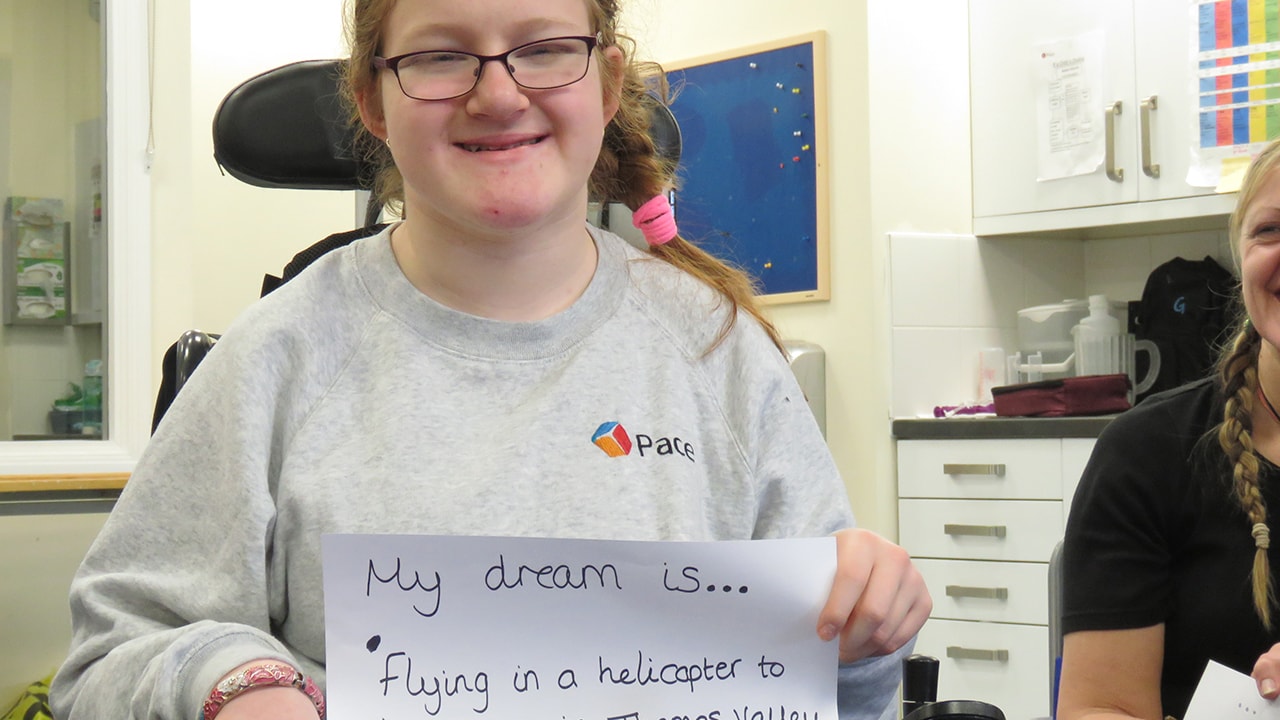
Pace is, without doubt, one of the leading centres in the UK for children with neurodisabilities and their families, something that we need to cherish and safeguard as we step into the future. Our credibility relies on continuing excellence in what we do in our traditional catchment area in Buckinghamshire and the surrounding counties.
And yet there is so much more for us to do in moving towards our ultimate vision. Pace not only has an opportunity to widen its impact; the stark disparities that exist across the UK in provision for children with neurodisabilities mean that we have a responsibility to reach many more families in new and different ways and to disseminate our unique practice to many more practitioners who work in our field.
That means that we need to draw on two of our core values, of aspiration and innovation, as we build Pace for the next thirty years. The strategy laid out below begins that journey towards the Pace of tomorrow, a Pace that seeks to impact so many more babies, toddlers, children and young people and their families, nationally and internationally.

1. Transforming Early Intervention
Lindsay Hardy, Director of Clinical Services
Early and intensive intervention has been shown to be highly effective for babies and toddlers with cerebral palsy and other neurodisabilities. However, such practice is very much the exception rather than the norm.
Pace is committed to driving the systemic change that will make early intervention standard practice for every baby and toddler with a neurodisability

Despite NICE clinical guidelines that recommend early intervention, NHS community therapy resources are overstretched, and we are not aware of any UK charities that are commissioned by statutory bodies to deliver this sort of work. We recognise that we have a responsibility to drive systemic, national change in this area. To that end, we plan:
- To secure three years’ worth of programme funding (from charitable trusts and foundations and individual major donors) for our Child & Family service to allow us to deliver early and intensive intervention to babies and toddlers at no cost to the family. This will reduce the barriers to NHS referral and to family affordability.
- To articulate our practice in such a way that it can be more widely replicated, both by statutory and third sector providers.
- To engage a university-based research clinician to develop an academically rigorous evaluation of our clinical outcomes.
- To engage an economic study of the costs and benefits of our early intervention work and to recommend solutions to the disincentives that exist in local authority finance for prevention-based commissioning.
We recognise that we have a responsibility to drive systemic, national change in this area.
We feel very supported, no matter what the query, someone from Pace always offers us solutions. I can see how our child’s life has been positively impacted by attending Pace, and as a result our life as a family has improved dramatically.

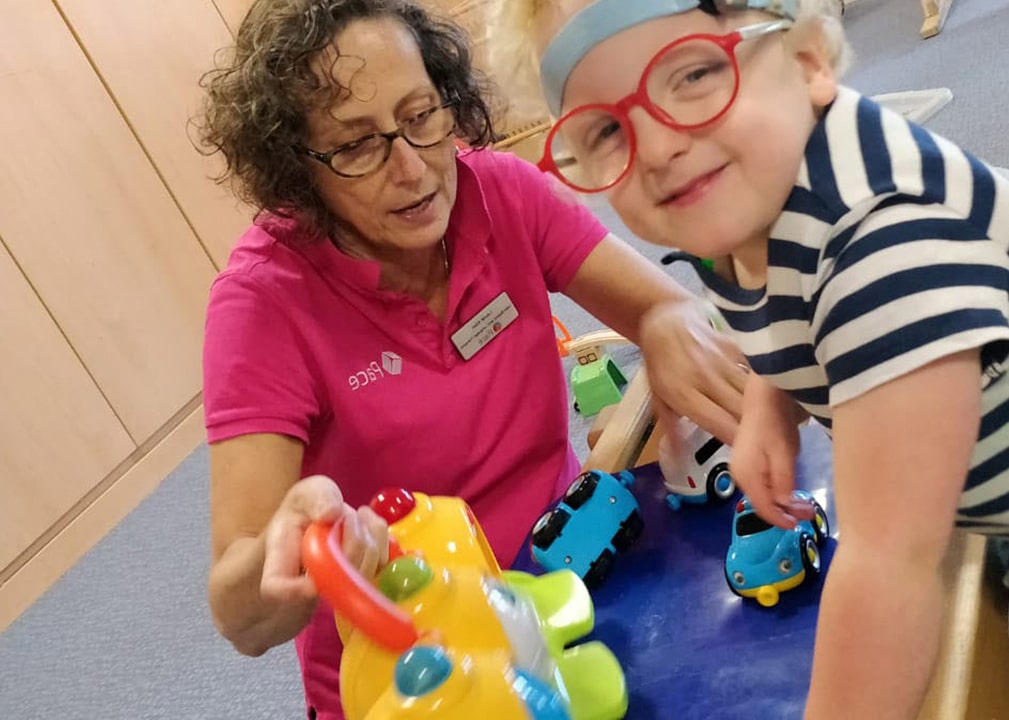
Our overall goal is that this three-year programme and our reporting from it will drive changes in commissioning behaviour, based on the significant value generated by this work. We believe that this will help to deliver statutory funding for our own service and the relatively few similar services around the UK. But it should also foster wider replication in the many parts of the UK that currently lack such provision.
By the end of 2021:
By the end of 2021, we will have secured three years of programme funding for our early intervention work and will have fully documented our practice in a way that can be replicated more widely. We will have engaged a research clinician who will be monitoring and evaluating our outcomes and will be planning engagement with an appropriate partner to assess the economic aspects of the programme.

2. SMART School
Claire Smart, Director of Education
Assistive technology is ever more critical to enabling children and young people with complex physical disabilities to reach their full potential and to participate fully in the world.
Pace is committed to leveraging the power of that technology, not only for our own children but also for the many thousands of children with neurodisabilities across the UK

Pace will become a SMART Special School, through which the power of technology will be fully harnessed to further enhance the outcomes that we can achieve for our children, young people and families. The SMART School concept will further enhance our outstanding practice, making the most of what technology can deliver for our children and young people, and will incorporate:
- A genuinely SMART curriculum – that is even more accessible and stimulating than our existing curriculum and which allows our children and young people to record their learning more easily and efficiently;
- A ‘SMART Lab’ – our pilot SMART classroom, allowing us to prototype the technologies and combinations of technologies that will work best and providing a research base for us to work with technology companies, other specialist clinicians, educators and researchers to push back the boundaries of what is possible in a SMART school environment;
- A Mobile AT Lab – to enable our AT specialists to take their knowledge and expertise out into the community to help children, young people and their families to make the most of assistive technology in their own homes;
- SMART classrooms – providing an AT rich environment in which our students can advance their independence and learn new skills by using AT to leverage their learning at every opportunity, from entering the classroom to leaving school at the end of the day;
- SMART school infrastructure – including superfast broadband access, enhanced teaching, assessment and communication equipment and an environment which every student can control (according to their individual ability);
- SMART ways of working – leading to a streamlining of processes, procedures and systems, as well as the hardware and software we use, creating a more efficient and cost-effective way of working. This will include a greater use of online assessment tools and ‘paper-lite’ environment.

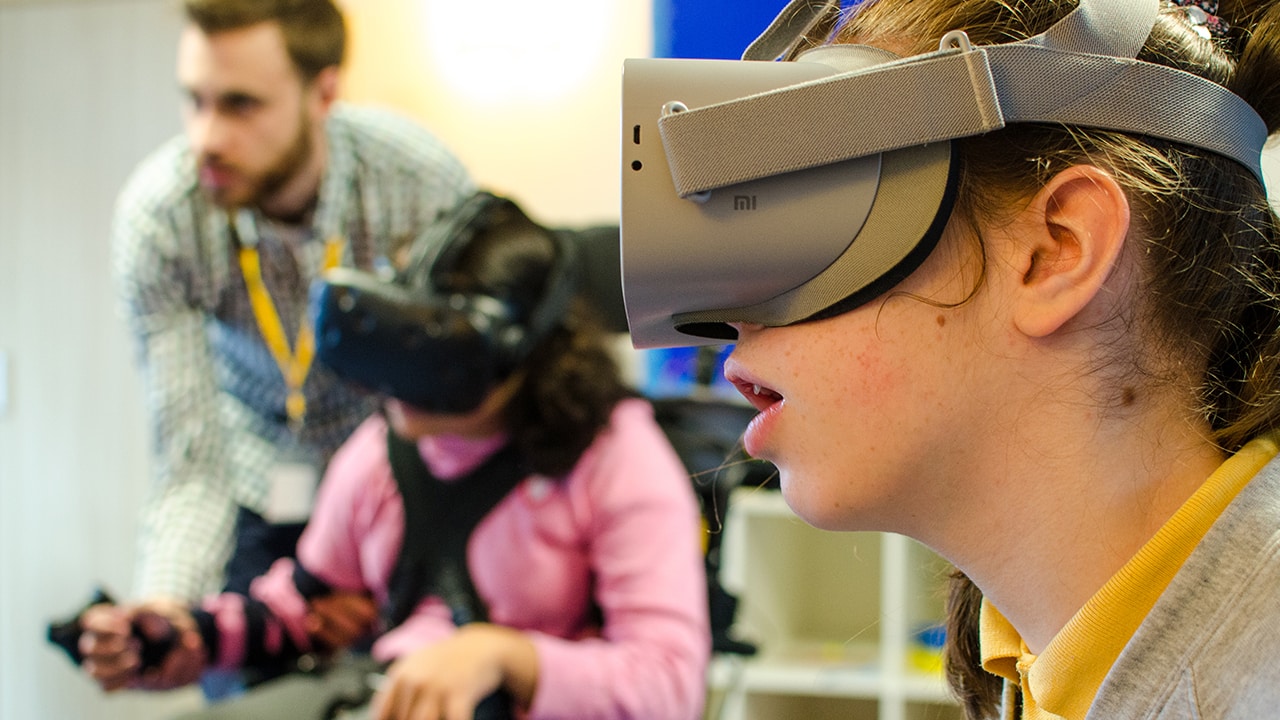
By the end of 2021:
In April 2020, Pace secured a grant from the St James’s Place Charitable Foundation of £150,000 to support the first three elements of the programme: the development of our SMART Curriculum, and the development of our SMART Lab and Mobile AT Lab. By the end of 2021, we will have delivered these important first elements of the programme and will be measuring the outcomes it is achieving for our children and young people. During 2021, we will seek funding partnerships for the later phases of the programme, particularly the delivery of further SMART classrooms and the development of our SMART infrastructure. We will also be disseminating our learning to other providers, primarily through conferences and training courses.

3. Pace Digital Services
Caroline Bennett, Director of Fundraising and Communications
In many parts of the country, and particularly where they lack access to a specialist centre like Pace, families and practitioners struggle to access high quality and relevant support, advice and training that can help them to support children and young people with neurodisabilities.
Pace is committed to harnessing the power of digital to reach many more families, nationally and even internationally


Pace Digital will be our response to those needs and will include a teletherapy platform, online resource portal, parent forum and learning management system.
Pace Digital will deliver a range of clinical and education resources that cover the common themes that families of children with disabilities face, such as sleeping, eating and drinking, communication, social and emotional wellbeing and emotional regulation. It will also deliver both free and paid training resources to practitioners, enabling us to deliver the training provision to which Pace has always aspired, at scale, and with an income stream to match.
Pace Digital will allow Pace to extend its impact geographically, enabling us to reach many more children and families through our transformational practice. It will also enable us to substantially develop our profile, nationally and internationally.
By the end of 2021:
We will launch Pace Digital in 2021 as a new way to reach many more families and practitioners, nationally and internationally. We envisage that the platform will continue to develop, both in terms of functionality and content over the coming years as digital provision becomes a more natural part of our delivery.

4. Impact Reporting
Claire Smart, Director of Education
If we are to be successful in the continuing development of our hands-on delivery, in ensuring our sustainability and in disseminating our practice, Pace needs to record, measure and communicate the outcomes that it achieves with far greater rigour.
Pace is committed not only to our own impact journey but in developing outcome measurement frameworks that will help the whole sector to understand and focus on what practice works best for children with neurodisabilities everywhere.

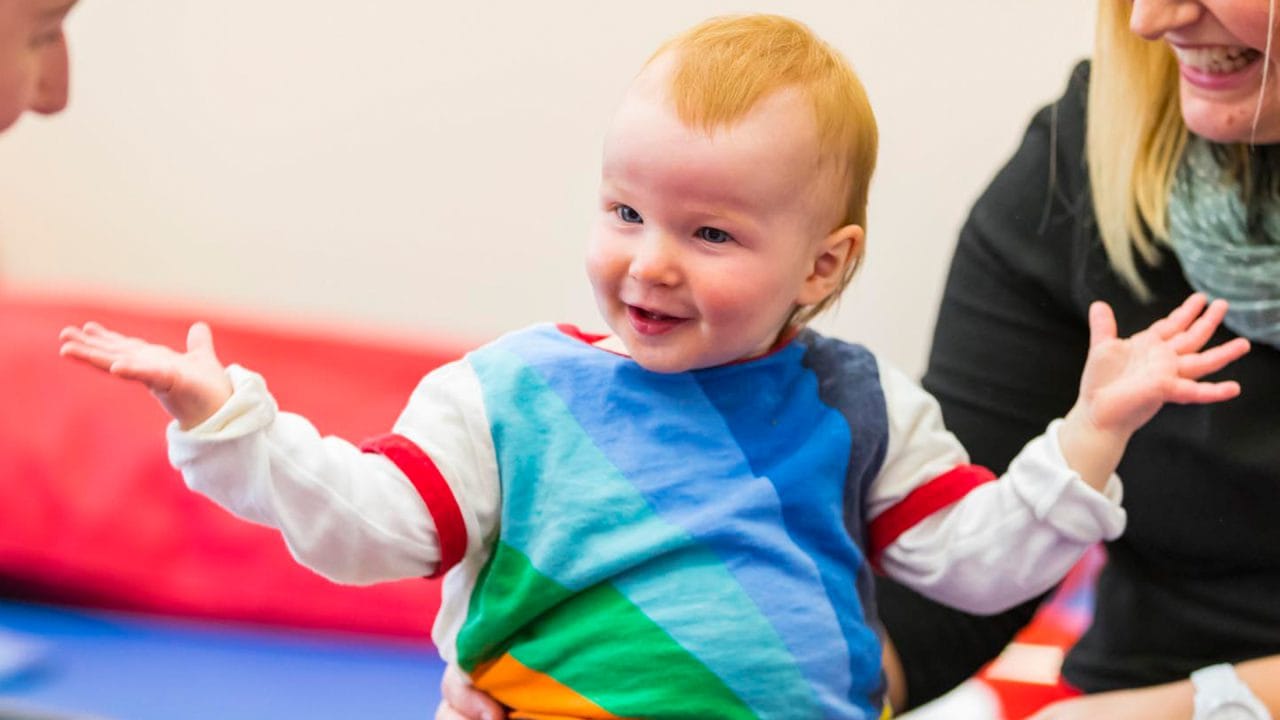
We already do a great deal in measuring, reporting and analysing the individual outcomes that our children achieve in movement, independence and self-care, language and communication, confidence and self-esteem and academic learning. What we have typically found more difficult, given our very child-centred approach, is in aggregating and generalising those outcomes for reporting to external stakeholders. The lack of external proxies also makes it hard for us to demonstrate differential outcomes compared to other providers and approaches. Historically we have relied upon qualitative testimonials from families based on their experiences of how their child has, or may have progressed, in another school setting. It is more important than ever for us to establish a more quantifable and robust means of measuring and reporting our differential outcomes of children and their families.
During 2020, we have developed theory of change of models that map the outcomes, and causal links between them, for our key areas of activity in the School and in Child & Family Services. We have completed a survey of our families, which has yielded some of the important outcome data contained in this report. We have also rolled out Evidence for Learning, which will be the repository for all outcome data across Pace.
By the end of 2021:
During 2021, we will develop approaches to measure outcomes in ways that can be standardised aggregated and generalised for external reporting, using Goal Attainment Scaling. And as our methodologies and outcome frameworks develop, we will work with other centres and practitioners to explore the development of comparative measures that will begin to enable a proper understanding of what interventions are most effective for children and young people with neurodisabilities.

5. Brand Review
Caroline Bennett, Director of Fundraising
and Communications
Over recent years, we have increasingly recognised that Pace’s brand, which has served us well for thirty years, is in need of a major review. The strategy laid out in this report requires Pace to articulate itself to our many stakeholders, internal and external, in a fresh and more self-confident way.

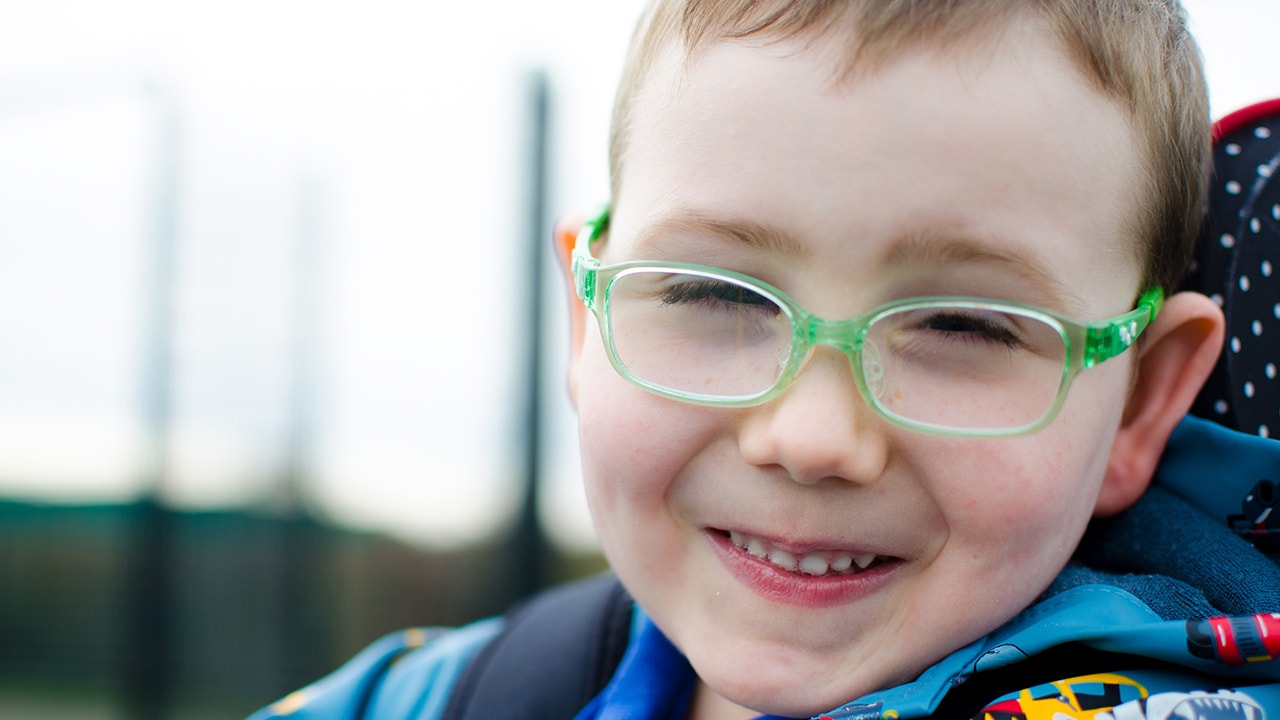
We need our brand to communicate with clarity what we can deliver to our children, young people and families. We need it to communicate our purpose and values to our staff and volunteers. We need it to articulate what we can deliver to local authorities, health services and other practitioners, locally and nationally. And we need it to be a rallying point for the many people who seek better outcomes for children and young people with neurodisabilities – grant-making bodies, corporates, individual donors, fundraisers and other supporters.
With that in mind, we have already embarked on a thorough brand review with a leading marketing strategy consultant, who is generously donating his time on a pro bono basis. At the very least, that review will result in a sharpening of our brand platform, and we recognise that it may result in a full change in our name and visual identity in 2021.
By the end of 2021:
It is important that other elements of this strategy are able to harness the new brand that we are creating, particularly our Pace Digital programme. To that end, the brand review is already well underway and we intend to launch our new brand in March 2021, focusing on our website, signage and digital collateral. By the end of 2021, we plan to have delivered the new brand identity across at least half of our branded material.

How you can help
As you can hopefully tell, our strategy is bold – we recognise that we have both the opportunity and the responsibility to support so many more children and young people with neurodisabilities, nationally and internationally.
The power of digital gives us opportunities to reach so many more families, with teletherapy, training and online support than we have been able to before.
Our leadership in the development and delivery of early intervention creates a responsibility for us to share that knowledge and expertise and to drive the systemic change that will benefit so many more babies and toddlers up and down the country.
And our expertise in delivering high quality assistive technology in the classroom is not only changing the lives of children within our school but capable of changing the lives of many more children and young people in many other settings.


All this ambition comes at a cost – and so we need your support.
If you think that you can help us to deliver on this ambitious mission, and help us to transform the lives of many more children and young people with neurodisabilities, we’d love to hear from you.
That might be financial support, or it might be specialist technical support. Or it might simply be connecting us to people in your network that you think could help us in delivering these important initiatives. If you think you can help, please get in touch with me at [email protected].
Get in Touch
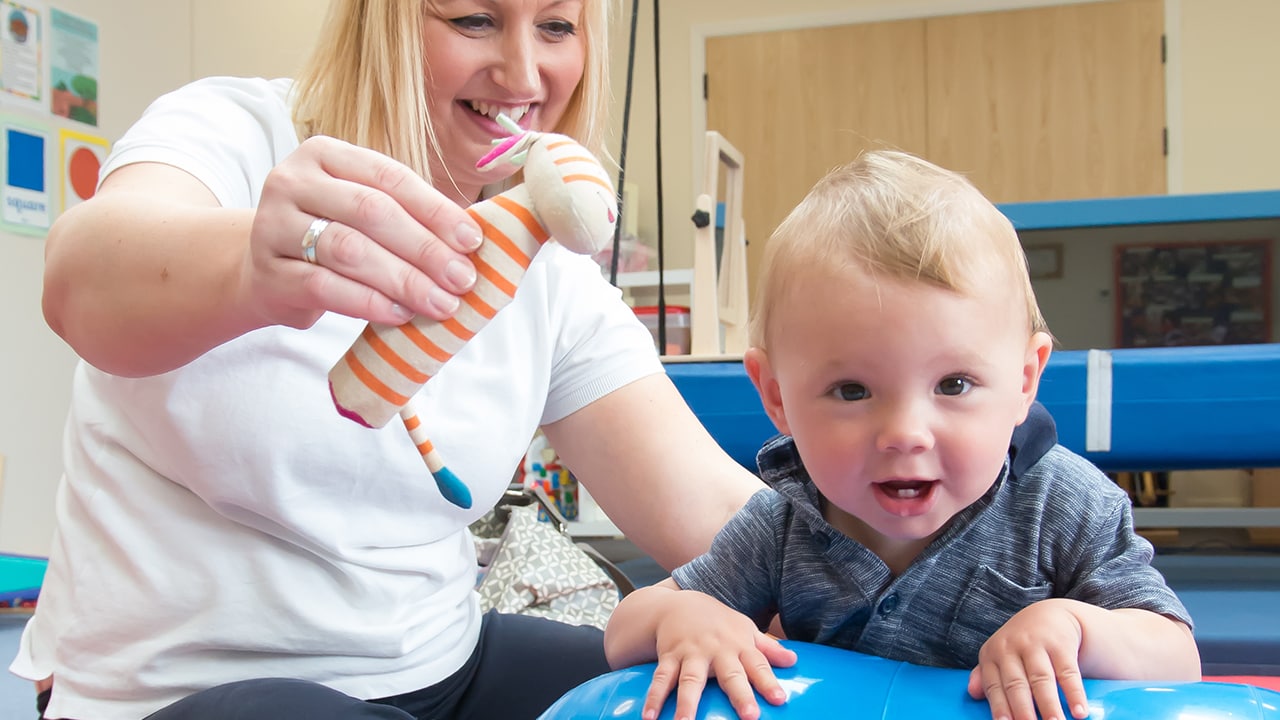
04 About Neurodisability
Neurodisability is an umbrella term for conditions associated with injury or impairment to the brain, central or peripheral nervous system. It can result in in physical and sensory challenges (such as cerebral palsy), learning difficulties (such as intellectual disorders), social and communication difficulties (such as in autism), or other medical conditions (such as epilepsy).
Historically, our specialist work is particularly grounded in support for children and young people with sensory motor disorders, such as cerebral palsy, and our educational practice (and school admissions policy) continues to focus on those conditions. However, in recent years our therapy practice has grown in response to demand and has developed to cover a wider range of neurodisabilities, including autistic spectrum conditions and developmental coordination disorders.

Prevalence of Neurodisability in the UK
Estimates for the prevalence of neurodisability are difficult to ascertain, as a result of definitional and national data collection challenges. However, the following data gives a sense of the widely recognised levels of incidence of autistic spectrum disorders, cerebral palsy and global developmental delay.
35,000
Estimated number of children and young people with Cerebral palsy in UK.
1 in 400
children have cerebral palsy.
140,000
Estimated number of children and young people with an Autistic spectrum condition in UK.
1 in 100
children have autistic spectrum disorders.
280,000
Estimated number of children and young people with a Global developmental delay condition in UK.
1-3%
of children under 5 experience global developmental delay.
Pace has given our child confidence, happiness, huge improvement academically, great friends, lovely teachers who understand his needs, huge improvement in his motor abilities and the opportunity to try a wide variety of experiences, environments and activities.


The Causes of Neurodisability
Neurodisabilities have a wide variety of causes, and in many cases the precise cause in an individual is unknown. While the causes of autism are still being investigated, the causes for cerebral palsy and global developmental delay are somewhat better understood, and include:
- Prematurity
- Problems during pregnancy
- Trauma during childbirth
- Low birth weight
- Maternal infection
- Multiple births
- Genetic factors

Our practice is highly integrated, such that our school curriculum incorporates all aspects of developmental learning:
- sensory,
- movement,
- communication,
- play and recreation,
- academic,
- self-care,
- social
- and emotional.
Similarly, the therapy delivery within our Child & Family service incorporates different elements of therapeutic input (occupational therapy, speech & language therapy, physiotherapy, conductive education and sensory integration) into a fully integrated approach.
Our practice is delivered collaboratively through transdisciplinary teams, including teachers, conductors, occupational therapists, physiotherapists, speech and language therapists and learning support assistants. A transdisciplinary approach involves much more than multi-disciplinarity. A transdisciplinary team is one in which members work beyond professional boundaries, collaborating in a way that maximises communication, cooperation and knowledge sharing.
Whenever possible, our practice makes the most of early childhood neuroplasticity, the brain’s ability to reorganise itself by forming new neural connections. Neuroplasticity is at its highest in infancy and early childhood and we place a high priority on early and intensive intervention in this critical period.
Pace has made a bigger impact than we ever thought possible and we are so grateful. The progress made has been far greater than we ever imagined and that is mainly due to the amazing staff who always go above and beyond. They are always looking for ways to improve and teach independence and important life skills.

Our School Curriculum Drivers
Rather than being defined by a single methodology, Pace has developed its own unique transdisciplinary approach, guided by our three curriculum drivers:
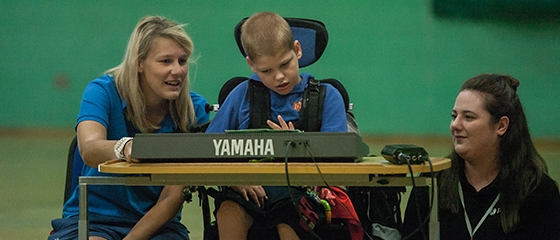
1. Orthofunction1
and fulfilment
1. Orthofunction1
and fulfilment
The ultimate aim is for our young people to leave school with a sense of their place in the world; able to problem solve, having a sense of agency, and with the resilience and wellbeing to live a fulfilling, happy life.

2. Communication
and Interaction
2. Communication
and Interaction
Our young people have a voice and it is central to personal development to be able to express that voice. As our students leave Pace, they need to be able to take that voice into the wider world and to be heard.
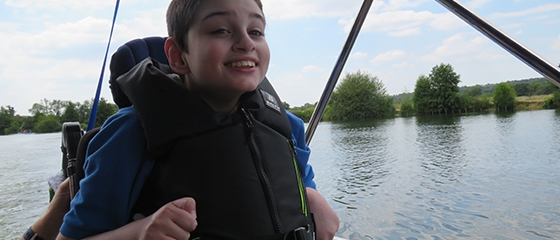
3. Access to the World
3. Access to the World
We aim to provide our children with the ability to access the world at whatever level is appropriate for them. From reaching out and exploring, to being able to operate technology to control their environment, to being able to use more complex software to access learning, record their thoughts and interact with the world at large.

06 Our Impact
Everything that we do at Pace is informed by four core strategic outcomes. These are the outcomes to which we hold ourselves accountable and against which we judge our success. These are:
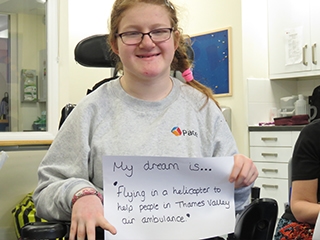
Enabling Potential
Enabling Potential
The children and young people with neurodisabilities who access Pace services have the opportunity to reach their full potential in life.
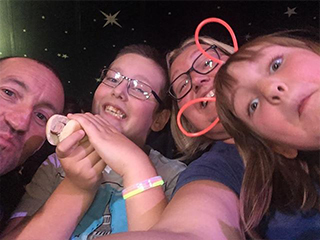
Enabling Families
Enabling Families
Parents, carers and other family members are fully supported and better able to meet each child’s needs.
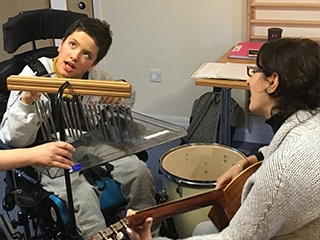
Enabling Wellbeing
Enabling Wellbeing
Children, parents and carers have better mental health, well-being and resilience.
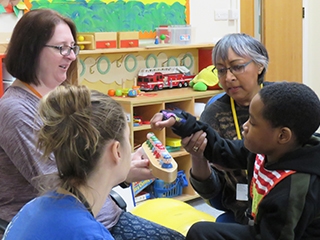
Enabling Replication
Enabling Replication
Other providers (regionally, nationally and internationally) are able to adopt Pace’s specialist approach, enabling more children and young people with neurodisabilities to access educational and clinical support aligned with the Pace approach.

Our School Theory of Change – How We Deliver Impact
Our theory of change for Pace School is summarised in the following diagram.
Download as a PDF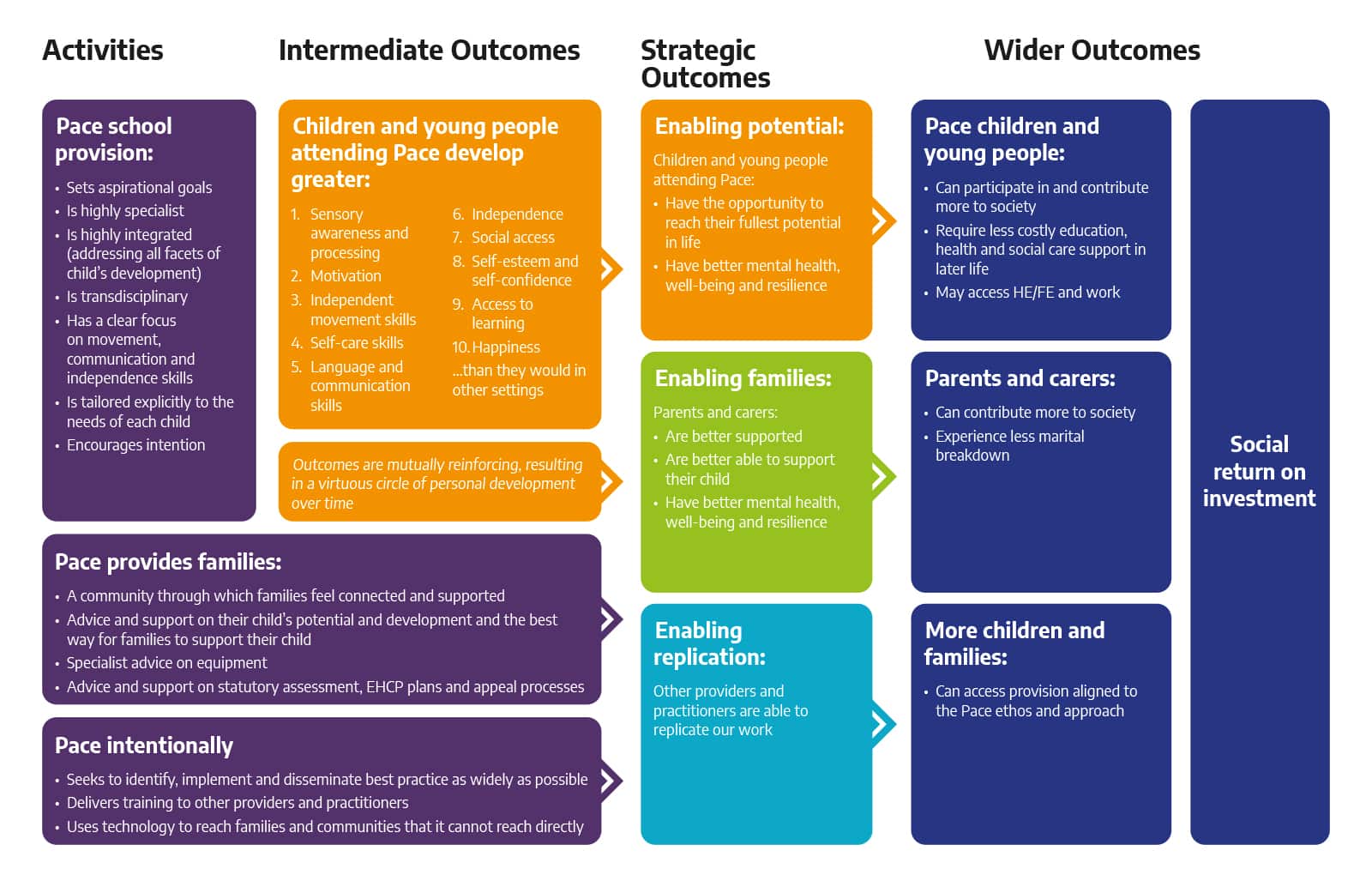

School Impact: Ofsted
Perhaps the most independent and rigorous measure of our school provision comes through our Ofsted inspections. Pace has never been anything other than an Outstanding provider, through six Ofsted inspections from January 2006 to our most recent inspection in November 2019. That most recent of inspections comes under the new Education Inspection Framework, in which it has proved significantly harder for schools to reach an Outstanding judgement.
Our latest Ofsted report can be accessed here.
Click on the right arrow to see some of the key highlights
Pupils, including those with complex needs, thrive at this excellent school. They are upbeat, determined and joyous. Because pupils take a very active role in their own learning, they are highly motivated. They enjoy learning new knowledge and skills in a wide range of subjects. Pupils know their needs and can communicate them confidently. They are energised by the high ambitions that the staff have of them.
Leaders and staff are experts in providing for the complex needs of the pupils. They place the pupils at the heart of their work, ensuring that a high-quality education is available to all. They keep the high expectations they have for every pupil front and centre in all that they do.
Over time, pupils know more and can do more in a wide range of practical and academic subjects. They expand their horizons, finding out about the past and different countries. Learning programmes carefully combine therapy, subject-related content and life skills. For instance, pupils gain the hand skills needed to count money, knowledge about numbers and a firm grasp of how money is used in society.
Staff involve parents in their youngsters’ education. This assists them in supporting pupils well when they are at home. The vast majority of parents value the school tremendously. One parent commented on free-text in Parent View: ‘I wish every school could be like The Pace Centre: my son is so happy there and looks forward to going. The staff are amazing with him and I feel safe and confident that they always have his best interests in mind.’ Many parents hold similar views.

School Impact: Family Survey Results
The feedback from parents to our 2020 Family Survey was overwhelmingly positive.
Our Impact on Our Children and Young People
- Families were very positive about our impact on their children, with 100% agreeing or strongly agreeing with seven of our ten key outcome statements (happiness, motivation, communication, sensory awareness and processing, learning, confidence and movement).
- In self-care and independence, where Pace will always be relatively less impactful for children with the most complex needs, over three quarters of families agreed or strongly agreed that Pace had made a positive impact on their children.
- These results are shown graphically on the next page
Excellent
All of the families who responded to the school family survey rated Pace as ‘excellent’.
94%
of families suggested that Pace was ‘significantly better’ compared to other available alternatives for their child. The remaining 6% suggested that Pace was ‘somewhat better’.
We feel more confident for our child's future due to the life skills she has learnt.

Parents were also very positive about Pace compared to the alternative settings available for their children.
- 100% of families agreed that Pace has had / will have a somewhat greater or far greater impact on five of our key areas of impact measurement (happiness and mental health, motivation, sensory awareness, communication and movement skills).
- Over 60% of Pace families agreed that Pace has a far greater impact than alternative settings across every one of our key impact areas.
- These results are shown graphically on the next page.
100%
of families agreed that Pace has a greater impact compared to alternative settings across five of our key impact areas.
Over 60%
of families agreed that Pace has had a far greater impact compared to alternative settings across every one of our key impact areas.
We receive support in every aspect of day to day life and staff always go above and beyond

Our Impact on Families
- We have always known that our impact on families can be as important as our impact on our children and young people. That came across loud and clear in our survey.
- 100% of our families agreed or strongly agreed that:
- Their family had improved well being and lower levels of stress because of Pace.
- They felt better supported and less isolated because of Pace.
- They were more positive about their child’s future because of Pace.
- Pace provides information and advice that allows parents to better support their children.
- Agreement with the other four impact statements was 89% or higher.
100%
of families agreed that they felt better supported and less isolated because of Pace.
100%
of families agreed that they were more positive about their child’s future because of Pace.
Her confidence is amazing, and her ability to self-regulate in unfamiliar situations has improved dramatically. Our relationship/bond is stronger than ever now she can express what she needs and wants, and she has developed such a sense of humour.

Child & Family in Numbers
| Number of Children by Age | 2019 | 2018 |
|---|---|---|
| Under 1 | 11 | 5 |
| 1-4 | 32 | 26 |
| 5 and over | 41 | 33 |
| Regular sessions | 84 | 64 |
| Assessments | 17 | 11 |
| Total | 101 | 75 |
In addition to these children and their families attending Pace for therapy sessions, our Child & Family service delivers:
- Baby massage sessions – in 2019, we saw 20 babies and their parents or carers for baby massage.
- Group sessions for children with regulation and sensory challenges and for school refusers – in 2020, we have had seven children in those groups.
- A toddler group, which had just started prior to the coronavirus lockdown, which six toddlers with developmental challenges were attending.
- Sensory integration parent training – since the beginning of 2019, we’ve trained 43 parents.
Pace has given us hope for the future especially with our son’s communication and ability to move independently.

Our Early Intervention Theory of Change – How We Deliver Impact
The theory of change for our early intervention work is summarised in the following diagram.
Download as a PDF

Child & Family’s Impact
Our Impact on Our Children and Young People
- Given the breadth of conditions, needs and age groups that our Child & Family Services support, it is harder to generalise about the outcomes we achieve within the service. For instance, we may be working with a 3-month-old baby who has been ‘red-flagged’ for developmental concerns, for whom social access is not yet a key focus. Or we could be working with a ten-year-old child who is struggling in mainstream primary who has no particular issues in sleeping.
- These wide variations mean that parents in our Child & Family service are likely to value a smaller number of specific outcomes, as can be seen from the chart on the next slide.
- However, it is clear that parents both valued and recognised Pace’s contribution in improved gross and fine motor skills, happiness, feeding and eating , confidence, well-being and self-esteem, the ability to engage in play and recreation, self-care and independence and the ability to participate in social activities.
94%
of the families who responded to the school family survey rated Pace Child & Family services as ‘excellent’. 6% rated Pace as ‘good’.
We are just at the beginning of our journey with Pace but it was the only intervention S attended willingly and enjoyed since January when school became too much for him.

Our Impact on Families
- Pace’s impact on families was rather more clear-cut, as we would have hoped in a service which is very focused on caring for and supporting parents and other family members.
- 100% of parents in Child & Family recognised Pace as an important source of expert advice that enabled them to better support their children. As a result they feel better supported and less isolated (94%) and more capable and skilled in parenting their children (88%). They are more positive about their children’s future (87%). There is widespread agreement (86%) that families have improved well-being as a result of Pace’s input and that Pace supports the whole family, rather than just the child (82%).
100%
of parents in Child & Family recognised Pace as an important source of expert advice .
Pace's whole ethos seems unique and sets them out to be the best at what they do. It's a positive, friendly atmosphere and everyone goes that extra mile to help. They all work so well together and make you feel at home and part of the Pace family.

Other Pace Services
Commissioned Occupational Therapy Services
Other than our School and Child & Family services, Pace delivers a highly successful occupational therapy service on a commissioned basis to a federation of local maintained special schools. The service works with over 200 children aged between 4 and 16 with a wide range of special educational needs and disabilities. Our partnership with those schools has become an important part of our delivery, broadening the skills of our therapists and widening our impact to many more children and young people across the local area.
Assistive Technology Support
We are also making the most of our expertise in assistive technology (“AT”) to develop an AT assessment and consultancy service that can work with schools and with individual children and young people across the region.
Learning & Development
Pace has always had strong focus on using our training curriculum to disseminate our practice to other providers and practitioners and to train parents. We deliver training across a range of topics, including an Introduction to Cerebral Palsy, Sensory Integration, Manual Handling and Eating & Drinking. The training element of our Pace Digital initiative will enable us to take this training to many more organisations and individuals, radically increasing our ability to influence practice nationally and internationally.

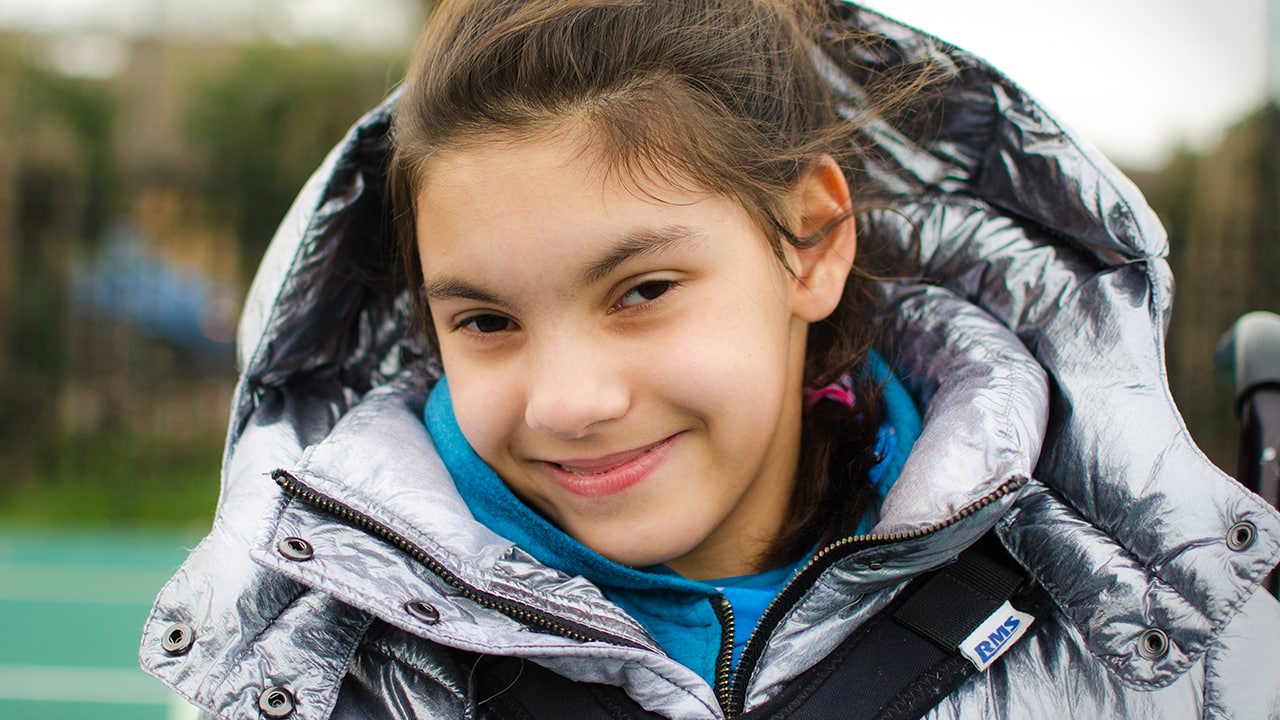
07 Our Financial Performance

How We're Funded
Pace is funded from a number of sources, primarily:
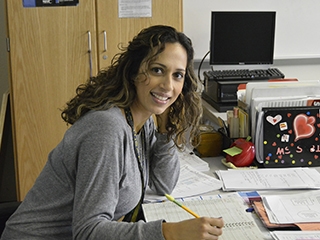
Local Authorities
Local Authorities
Local authorities place children within our school provision and pay an agreed annual fee per child. Pace are also contracted to provide outreach therapy sessions for some students at their non-Pace school setting (which can be either mainstream or another special school).

Parents
Parents
Parents currently pay a proportion (currently around a third) of the cost of therapy sessions within our Child and Family service. As noted within the section on strategy in this report, we intend to fund our early intervention work with babies and toddlers more fully in order that we can reduce (and hopefully eliminate) this charge.
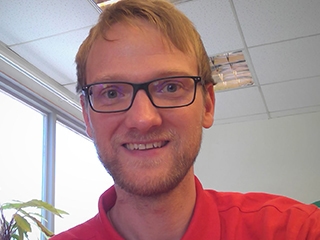
Commissioned Occupational Therapy Service
Commissioned Occupational Therapy Service
Pace provides an outsourced occupational therapist service into a federation of local special schools.
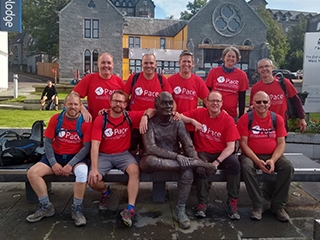
Fundraising
Fundraising
We support the rest of our work through fundraising activities, which comprise grants from charitable trusts and foundations, individual donations, mass participation events and support from businesses and local community groups.

| 2019 £000 |
2018 £000 |
|
|---|---|---|
| Income | ||
| Operating income – school and therapy fees | 1,790 | 1,526 |
| Fundraising | 942 | 1,058 |
| 2,732 | 2,584 | |
| Expenditure | ||
| Cost of raising funds | 248 | 224 |
| Charitable activities | 2,483 | 2,409 |
| 2,731 | 2,633 | |
| Surplus/(Deficit) | 1 | (49) |
Income Mix (%)
Our income mix is typically around two-thirds operating income (income from local authorities, commissioned services and therapy session fees) and one-third fundraising and we are currently projecting a similar ratio in 2020. In simple terms, that means we need to raise around £1m in core funding every year to sustain our transformational work with children and young people with neurodisabilities.

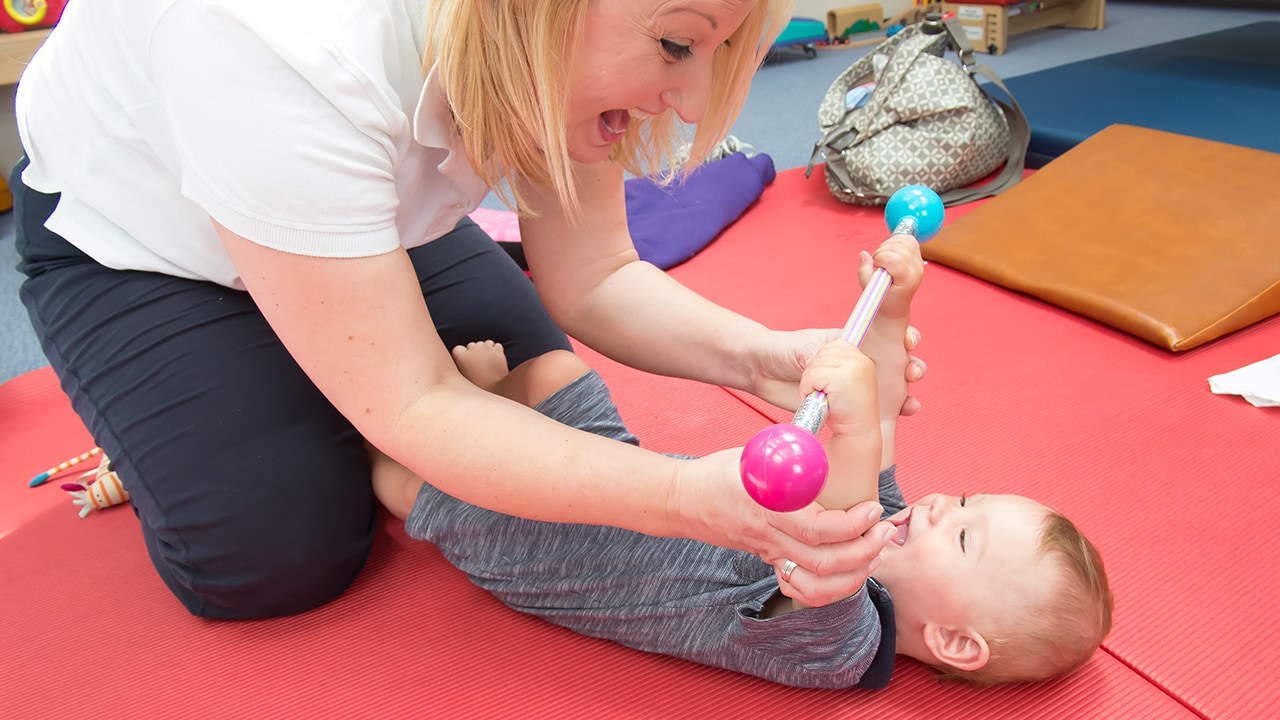
08 Appendix – Case Studies


Case Study:Meet Ben
Ben is 2 and has been coming to Child and Family sessions at Pace since April 2019. Ben lives at home with his Mum, Dad and older brother. He was born at term following an uneventful pregnancy. Ben was found to have a heart defect and required surgery when he was 4 months old.
Download Ben's Case Study »
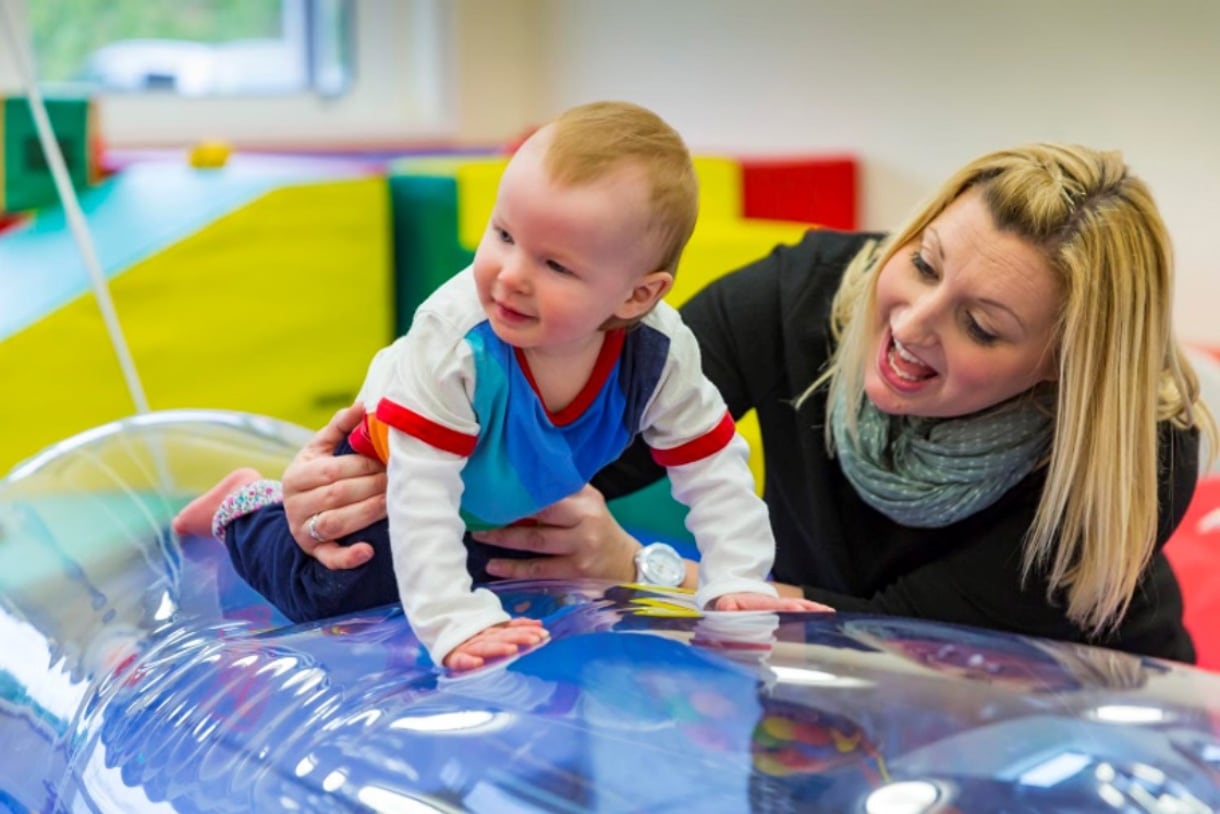
Case Study:Meet Maisie
A Very Difficult Birth: Maisie was born by emergency C-section. The blood flow between Maisie and her mother’s placenta had reversed and she was born with very little blood in her body. She needed to be resuscitated and had a number of seizures.
Download Maisie's Case Study »

Case Study:Meet Sonny
Sonny has cerebral palsy. The damage to his brain results from being born 10 weeks prematurely. As his mother Lou says, “I had heard of cerebral palsy, but I didn’t really know what it was or what it meant for my baby.
Read Sonny's Case Study »
Case Study:Meet Daisy
Early Challenges…
In the beginning, my pregnancy with Daisy was straightforward. All the scans were normal, although she was measuring smaller than average. As my pregnancy progressed, I started to become more worried, I hardly ever felt Daisy move or kick. During my whole pregnancy I only felt Daisy kick twice.

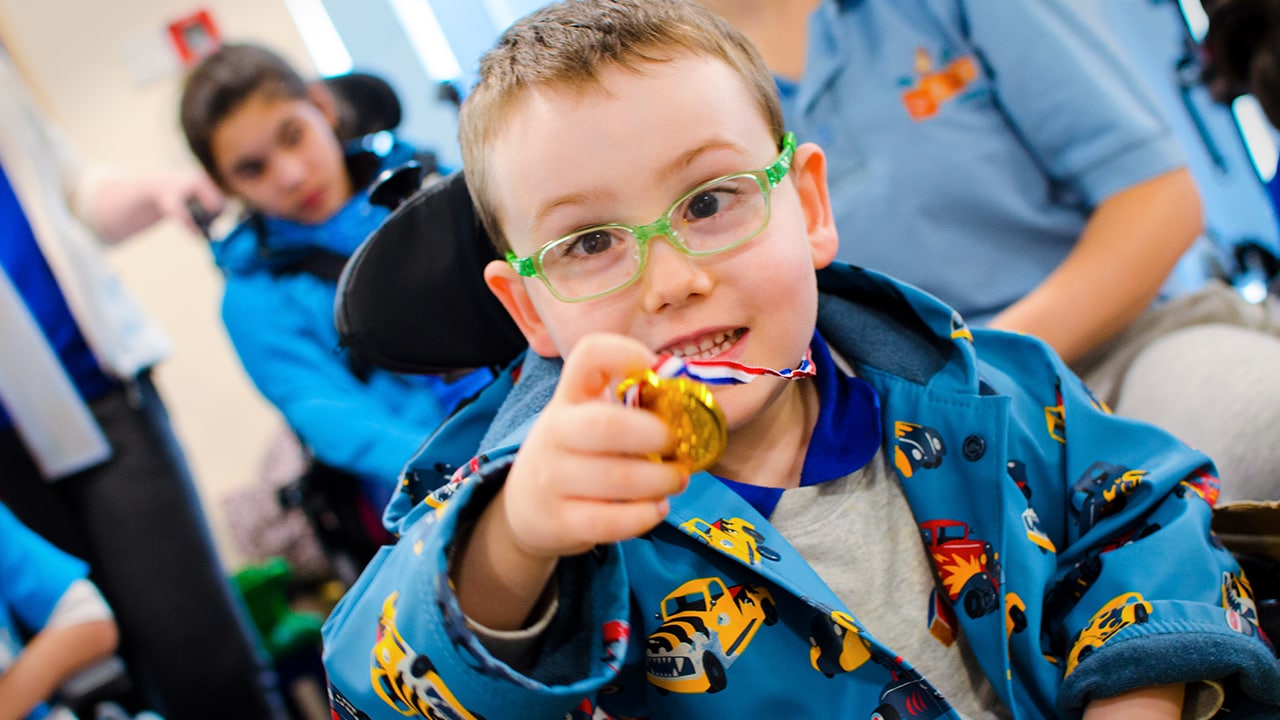
Case Study:Meet Joey
Joey is 7 years old has a diagnosis of Periventricular Cerebral Palsy which affects all areas and in particular his lower limbs, trunk and left arm and hand, but his difficulties extend beyond these physical challenges.
Download Joey's Case Study »
Case Study:Meet Bella-Skye
Bella-Skye is 6 years old and has attended Pace since she was 3. Bella-Skye has a diagnosis of cerebral palsy – spastic diplegia, dystonia and periventricular leukomalacia. Bella-Skye has low tone in her trunk, increased extensor tone in her lower limbs and increased flexor tone in her upper limbs with her left side more affected than her right.
Download Bella-Skye's Case Study »

Case Study:Meet Annie
Annie has a diagnosis of dystonic cerebral palsy, with associated involuntary movements which can be distressing and uncomfortable for her at times.
Download Annie's Case Study »
Case Study:Meet Isabelle
Isabelle has cerebral palsy and global developmental delay. She doesn’t get much support from her local NHS community team. But since she and her family came to Pace, Isabelle has been making great progress, through face-to-face sessions and teletherapy during the Covid-19 lockdown.
They’re absolutely fantastic. It’s made a huge impact on Isabelle and us as a family as a whole.

Case Study:Meet Ivy
Ivy is 11 and attends Pace School full-time. She has quadriplegic cerebral palsy and uses specialist switch access and a track system to get around in her motorised chair. As her dad explains, it’s technology that gives Ivy a great deal of mobility and independence – the sort of technology that is a really fundamental part of Pace’s specialist delivery.

